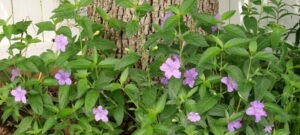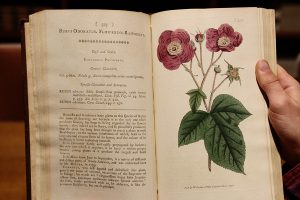In the Botany Stories series, BRIT Librarian, Brandy Watts, presents unheard collecting stories from botanists at BRIT and beyond.
This piece is authored by BRIT’s new Conservation Research Botanist, Megan O’Connell Ph.D.
As the new Texas-focused conservation botanist at BRIT, it is a little daunting to admit that my connection to Texas landscapes came many years after I began my graduate studies at the University of Texas at Austin. I originally did not come to Texas to study Texas ecosystems, but to use UT as a launching pad from which I could spend field seasons studying tropical ecology in distant places. At some point I had picked up the romantic notion that every good botanist should ensconce themself in tropical biodiversity for a while, so my heart was set on exploring the dense, humid rainforests of the equatorial tropics.
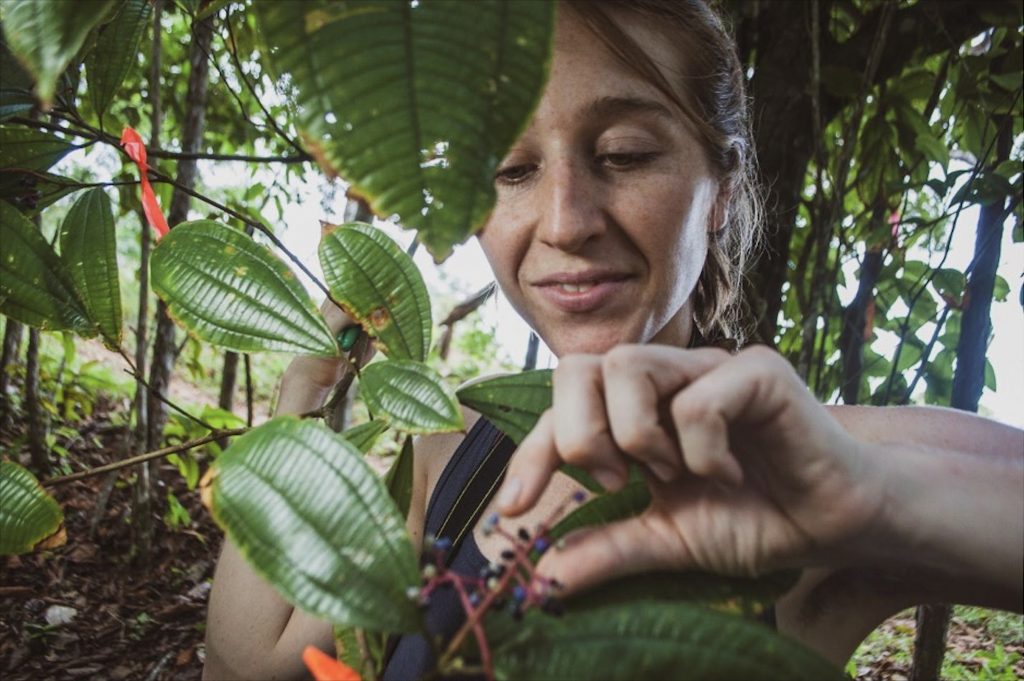
In between field seasons in Panama, I would return to Texas and share my work with the Austin community, regaling audiences and classrooms with tales of snake encounters and the thrill of the jungle. While people found my work on how deforestation and climate change affect plant-pollinator interactions intriguing, their initial fascination with the exoticness of where I worked wore off when I struggled to convey how my work related to their lives in Texas. I found people more easily connected when I spoke about the bees in their backyards and when they asked about how they could help support native pollinators in Texas, I had to admit that tropical ecology had not prepared me to answer their important questions.

After spending my first few springs of my graduate studies at UT in the field in Panama, I finally witnessed my first Texas wildflower bloom in the spring of 2017. It was a pivotal season for me as I had never quite experienced an ecological phenomenon that was so vibrant, diverse, and expansive as the sustained explosion of floral variation that spreads across the prairies and roadsides of Texas. I marveled at the continuously changing color palette and the variety of pollinators that were supported by the rotating cast of forbs that had evolved to stagger their blooms at different intervals from March to June.
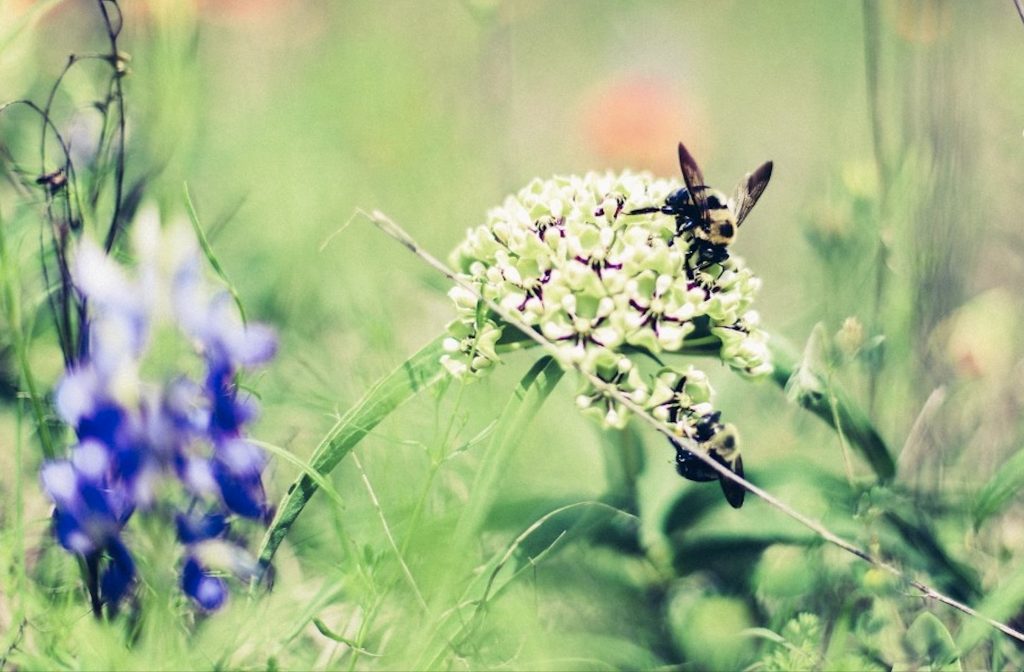
This facet of Texas prairie ecosystems, the phenology or rhythm and timing of flowering among the various coexisting floral species, and how in a finely choreographed dance they all coalesce to support a suite of migratory and native pollinators, fascinated me the most. I wondered how if one species flowered too late or too early, what the cascading effects for the fine-tuned, interdependent communities that commingle each spring would be. Importantly I saw links between my work on tropical forests and Texas ecosystems: around the globe plant phenology is changing in response to climate change, and this could have huge implications for plant communities, pollinators, and entire ecosystems.
I decided to start a pilot project using novel approaches to collecting floral phenology data for Texas Blackland Prairie species across central Texas. While relatively straightforward, collecting data on the timing of flowering in diverse plant communities is actually incredibly labor-intensive. Showing up at multiple field sites each day to record the first days of flowering, peak flowering, and end of the season for multiple simultaneously flowering plant species quickly becomes a logistical impossibility for the average field crew.
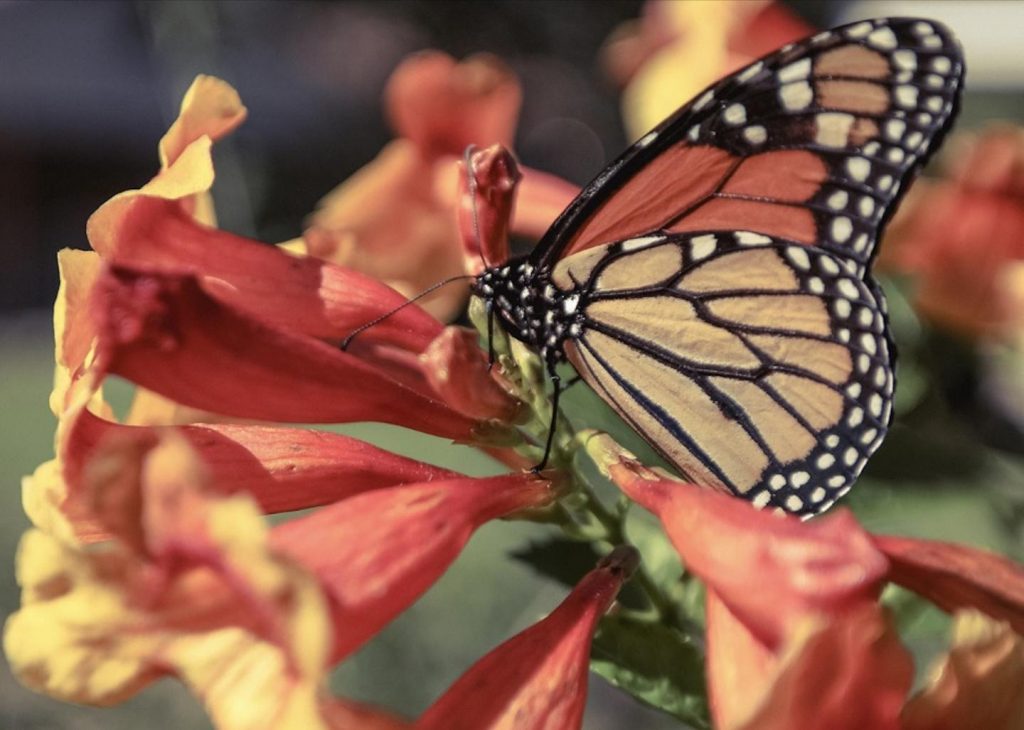
In Panama I had attempted to record the phenology of a single tree species, that only flowers for two days a year, across multiple sites with a crew of four in 2016, only to have the field season coincide with a historic El Niño Southern Oscillation drought that rendered the flowering of our studies species completely unpredictable. We ended up only being able to gather half of the data we had hoped to collect, and I spent a large portion of the field season wondering how I could be in multiple places at the same time. As a budding nature filmmaker, my answer came when I was filming wildflowers back in Texas.
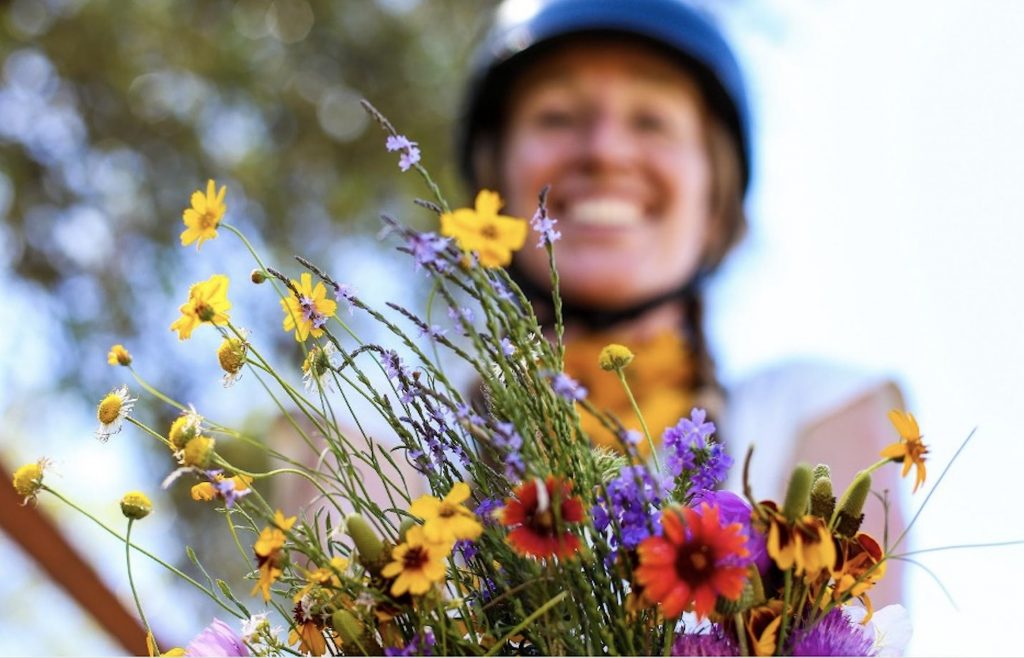
For outreach purposes, I wanted to capture videos of the Texas Blackland Prairie plant community and their floral phenology over the entirety of their flowering season. This led me to investigate long-term time lapse photography and I began experimenting with self-powering camera rigs that could be placed at my various field sites, simultaneously capturing daily records of which species were flowering when. Fine scale phenological data can be quantified from these high-resolution images across numerous field sites over long time periods and can be compiled into continuous time lapse videos that consolidate months of phenological activity into minutes.
I plan to continue this project as a part of my work at BRIT to create a multi–year study system that will illustrate how the floral phenology of Texas wildflower species varies inter-annually in response to various environmental and ecological factors. I also hope to use this research system as an educational public engagement tool that helps Texans understand how our native ecosystems will be impacted by continuing global change. Texas is home to some critically important endemic ecosystems and plant communities that have regional and global-scale impacts on the maintenance of the planet’s biodiversity. While I, among many Texans, wasn’t initially aware of the extent of Texas’s vast biodiversity, I hope through my journey to understand the complex dynamics of Texas Blackland prairie ecosystems I can help more Texans connect to the incredible diversity that is growing around them.
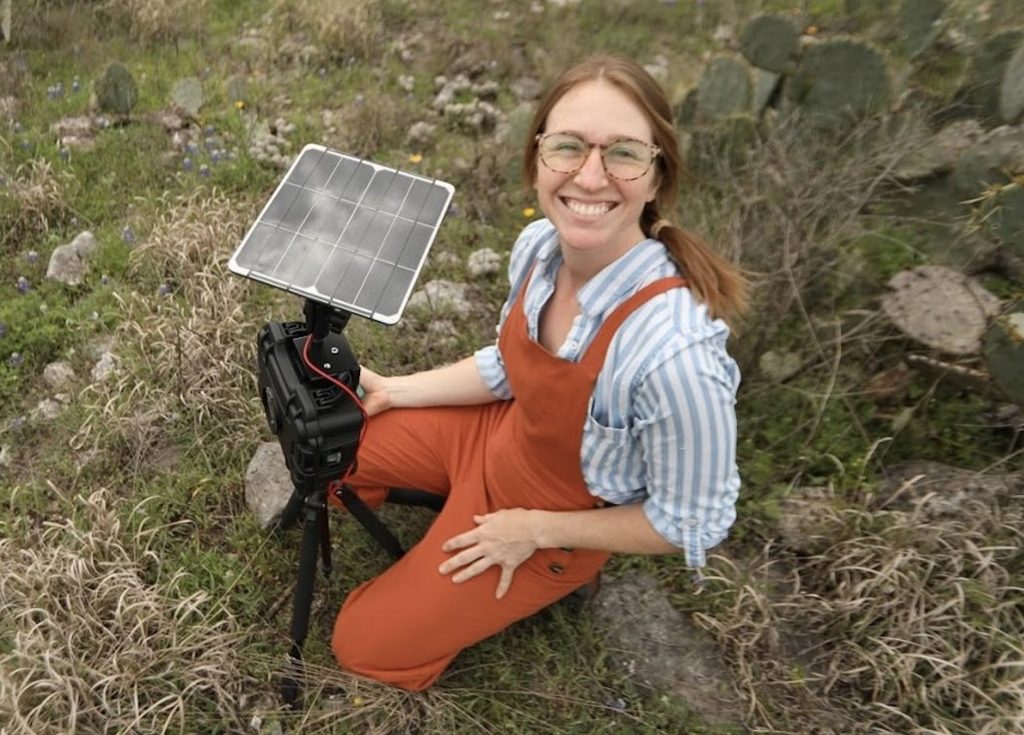
For further reading on Megan O’Connell’s research, please see below.
Castilla et al. 2017. Adding Landscape Genetics and Individual Traits to the Ecosystem Function Paradigm Reveals the Importance of Species Functional Breadth. PNAS, 114 (48) 12761-12766. https://doi.org/10.1073/pnas.1619271114
O’Connell et al. 2018. Bee Movement Across Heterogeneous Tropical Forests: Multi‐Paternal Analyses Reveal the Importance of Neighborhood Composition for Pollen Dispersal. Biotropica, 50(6) 208-218. https://doi.org/10.1111/btp.12603


